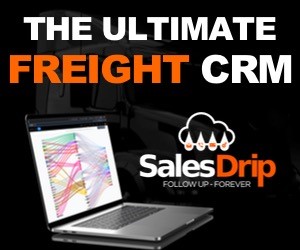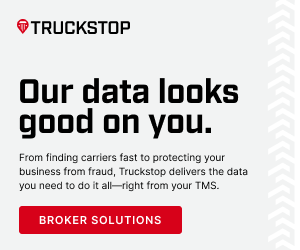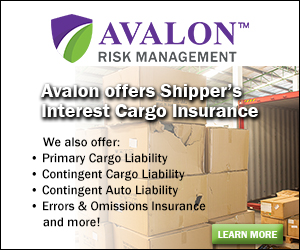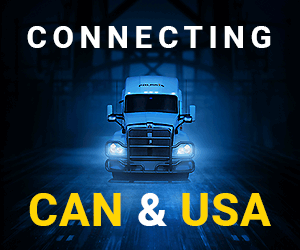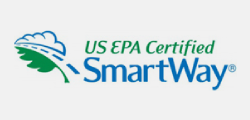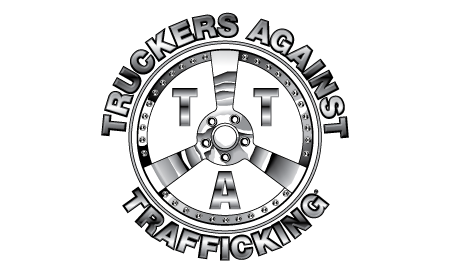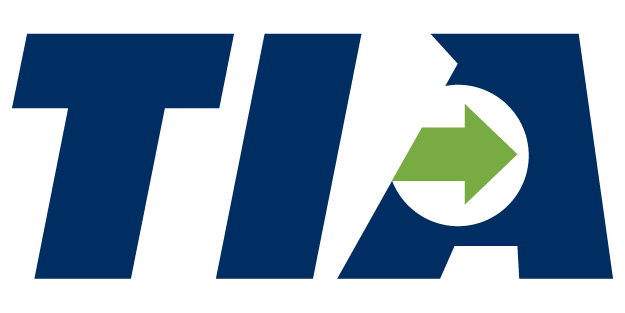By Dan Rutherford, Virtual CFO and Transportation + Logistics Industry Expert for Summit Virtual CFO by Anders
[email protected]
I got into transportation and logistics 20-plus years ago when a family friend reached out to me. (I had just wrapped up more than a decade with the IRS, so I wasn’t used to getting invited out to lunch all that often.) His business was growing, and he was feeling anxious that he had a lot of questions and not all the answers. He thought he needed a little more firepower in the accounting room, so he started to pick my brain.
Transportation and logistics became my niche. I’ve worked with companies that are more heavily into the transportation side (the company owns the asset) and companies that are more heavily into the logistics side (non-asset base, brokerage operation). I’ve also run a $127- million logistics division of a large company, so I’ve seen the industry from multiple perspectives.
It’s a complicated accounting model. There are a lot of moving parts, literally. You’ve got fuel, driver wages, got repairs on the road. It can be an accounting nightmare, with all the operations people that need access to cash (unless you want a call in the middle of the night because someone’s truck broke down). You have to relinquish some control – and control what you can.
But it’s also really rewarding. A lot of companies will just be looking at their cash one week out. They want to get through the week, but at the same time they have big growth goals and no real plan to get there. It’s like saying you want to get to California, getting in your car and heading west. You might get there, but you have no idea when.
A Virtual CFO can give clients a roadmap, a plan for where they’ll be tomorrow and the next day. Once you help clients set up their KPIs and understand their cash flow, they don’t have to guess anymore. There are no surprises. And there’s a lot of potential upside if they stay ready to capitalize on possible opportunities.
A lot of the Virtual CFO job–about 80%–is the same for any industry. At Summit, we focus on business fundamentals that are valid across the board. But about 20% is industry specific, and you learn that not just by reading up on it, but by working closely with companies and learning their vernacular. (Talking to other people who have worked in the industry doesn’t hurt either.)
Here’s what you need to know about offering Virtual CFO services to clients in transportation and logistics.
The transportation and logistics industry is a perfect match for fractional CFO services. It’s a capital intensive industry with a lot of moving parts to keep track of, if you want to be able to take advantage of the current surge in demand.
It’s also made up of small- to medium-sized operations that need financial services but can’t support a full time CFO. As of March 2023, 91.5% of trucking carriers operate six trucks or fewer. With a tractor costing upwards of $150,000 and trailer $35,000+, even those smaller companies will have a lot of capital on the line.
Making capital acquisitions decisions is harrowing for a business owner. A mom and pop operation will want a sounding board before they move forward. They often feel like they need direction – or even if they know what they need to do, they need someone to echo it back to them and show them in writing, “Here’s what this looks like.”
They also look to a VCFO for industry information outside their bubble. They only know what they know. They’re talking to the same people every day. But if you specialize in the industry, you’re bringing them that extra value of knowing the standards, the trends, the averages. Then, when they need a solution to a problem, you can listen and say, “This is how I’ve seen it solved before.”
Forecasting changes the game
We’ve all seen the rollercoaster of fuel prices this past year. For most of us, it’s an annoyance when the pump drains our wallet a little faster than the last time. For the transportation industry, not staying on top of monitoring fuel from a cost and pricing standpoint could mean closing their doors.
We’ve also seen bigger ripples hit the industry: In March 2020, I saw companies whose business dropped by two thirds or more, only to rebound in July to record highs that are still climbing. For transportation and logistics companies, it’s not just about white-knuckling it through the scary times. It’s about being poised to take advantage of opportunity.
That’s where forecasting becomes invaluable. A lot of transportation and logistics companies are looking to next week, but if you want to answer questions like, “Does it make sense to purchase new equipment? Should I bring on new employees or can I get more productivity out of my existing workforce?” you need to look out one to two years.
If you’ve ever had a “dreamer” client, forecasting will be a game-changer. You know what I mean, the guy with his foot on the pedal who wants to grow X percent this year. With a forecast you sit down and say, “We don’t have the capacity to do that right now. We don’t have the people. But let’s figure out a plan to get to that capacity, and put some numbers behind it.”
Now they’ve got visibility into the future. That’s what gives the business owner value. You worry you’re going to out-run revenue, or you don’t know if an extra day of vacation is going to impact the bottomline. That’s when diving into the non-financial numbers is so important: The client starts to realize that the impact of a small decision can be huge.
Follow KPIs daily
If a company knows their KPIs, there will be no surprises when it comes to their financials. It may sound boring but it actually can turn into something really useful. In one company I worked with, we set up a dashboard that refreshed every hour. People loved watching it to see how they were doing. We set up friendly competitions, not to criticize people, but to encourage them. It was fun for them to see the gross profit for the month, compared to their individual activity and performance.
Owners who are willing to pay attention can figure out their KPIs just by walking around their yard and seeing how many empty trucks they have. That’s a good indicator right off the bat. In transportation, they’ll want to know things like average revenue per truck, average revenue per driver, revenue per mile and number of unseated trucks – per day, per week and per month. average revenue per driver. On the logistic side, you’re monitoring performance per employee, gross profit per employee per day, per week, per month, and how many shipments they move.
But you also need to help them monitor to make sure it’s not garbage in, garbage out, and that they’re measuring the right things. I’ve seen people make the mistake of thinking their revenue per truck was a certain amount, but if it’s loaded with stuff, it shouldn’t be in an actual revenue number.
Look to losses to gauge risk levels
Sometimes you have to move a shipment and you lose money. In transportation, there are certain projects that are more profitable than others. If you move 50 loads a week for a client, you might lose on two or three of them.
Monitor the number of shipments that an employee handles, regardless of profit. Monitor the losses. It might seem counterintuitive, but if you’re not losing sometimes, it means you’re not taking enough gambles and you’re probably getting too conservative.
If you keep an eye on all those statistics, over the month your client should have some key insight to how they’re doing and if they’re profitable.
Meet weekly to eliminate surprises
If your clients have been working with a traditional bookkeeper or tax expert, they may not understand why you want to see them regularly. But once you set the cadence, and they see how well it lets them sleep, they’ll start to look forward to it.
I like to do a weekly cash flow meeting. It’s all of ten minutes, and it covers current cash but also the next twelve weeks. It takes the worry off their plate, lets them focus on running the business rather than worrying they’ll get caught without cash for payroll.
I also do weekly forecasting meetings as well as pipeline meetings, to see what they’ve got coming through. Then we do financial meetings, reviewing the KPIs and seeing how they did and why, whether it’s due to an industry-wide trend or something specific to them.
It’s fun to stay on track with the client. I set those meetings months in advance, so it makes it easy to stick to. It’s how I ensure they know the roadmap and have everything they need to execute our plan.
The weekly meetings also give us plenty of time to be strategic, rather than reactive. If things take an ugly turn – as they did at the start of the pandemic – we can build three different models to see what it looks like if things are better or worse than expected. If you do it for them on paper, before jumping in, they never are forced to just wing it.
“When is it time for a new line of credit?” “What happens if a recession hits?” “How long will it take me to double my revenue?” With Virtual CFO services, they’ll be ready to answer these questions.
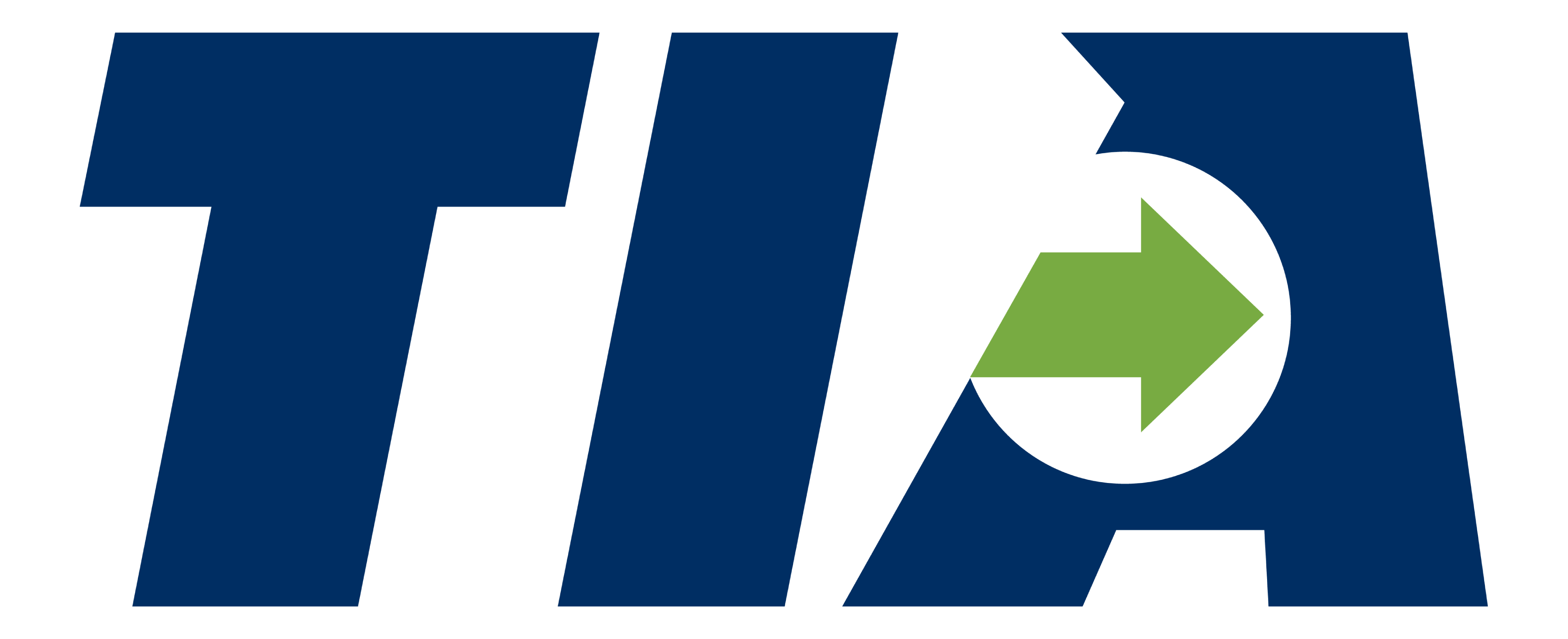





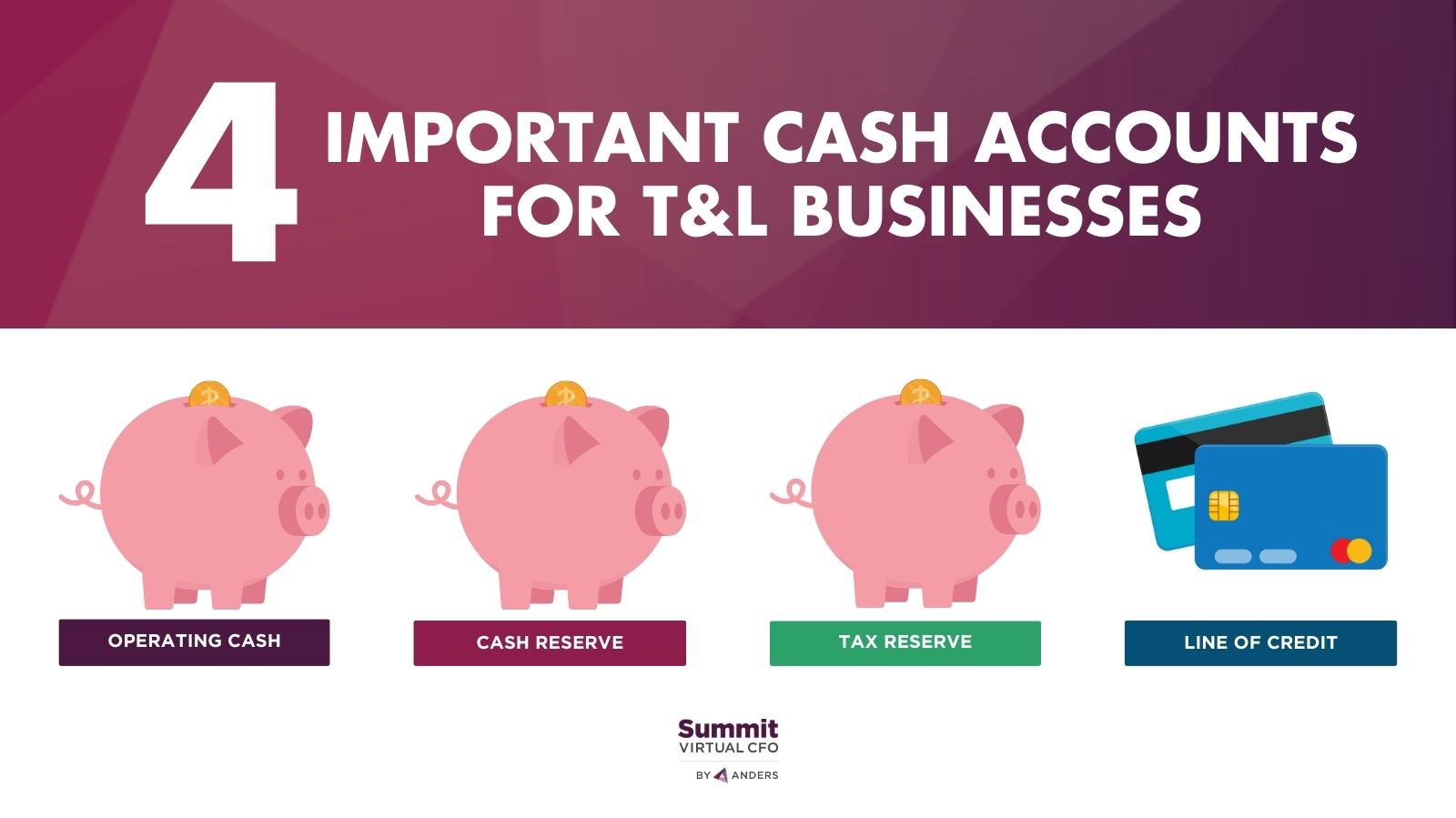


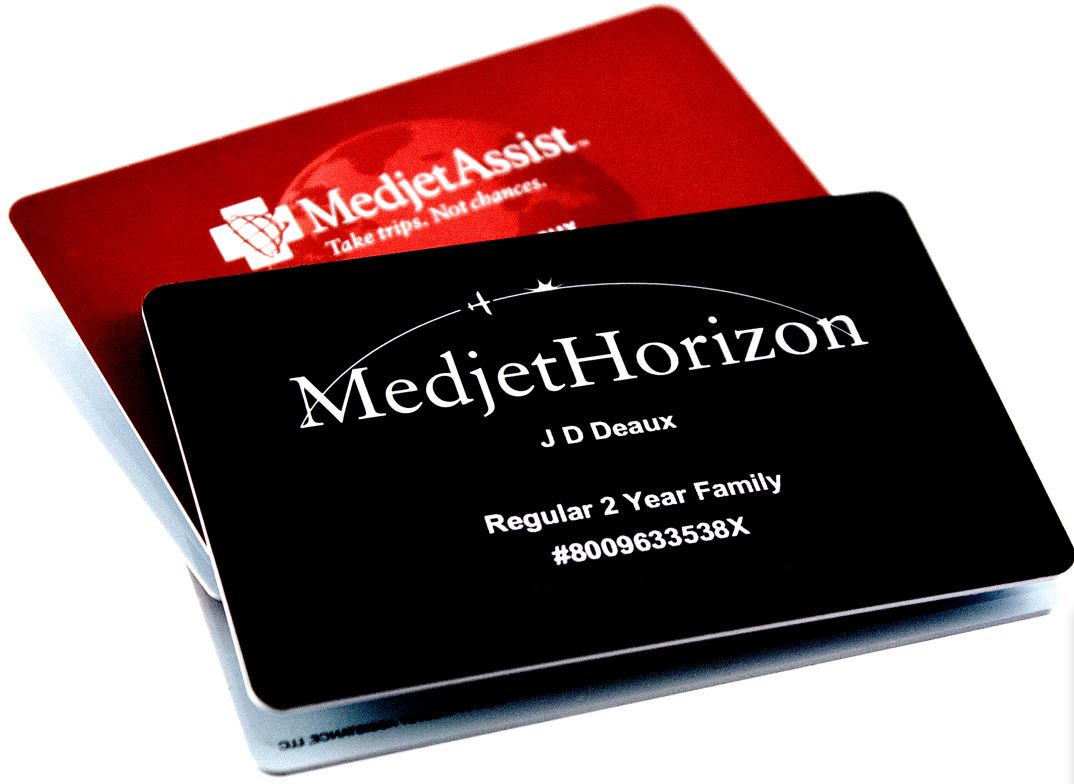
 Despite the current geopolitical tensions in Europe, and the emergence of BA.2 (the newest Omicron variant) in the news, many people will nonetheless be heading out on spring and summer travel abroad. If there’s one thing the pandemic taught us, it was the value of travel insurance, especially “Cancel for Any Reason” insurance (commonly known as CFAR) and medical coverage. But is additional travel protection necessary?
Despite the current geopolitical tensions in Europe, and the emergence of BA.2 (the newest Omicron variant) in the news, many people will nonetheless be heading out on spring and summer travel abroad. If there’s one thing the pandemic taught us, it was the value of travel insurance, especially “Cancel for Any Reason” insurance (commonly known as CFAR) and medical coverage. But is additional travel protection necessary?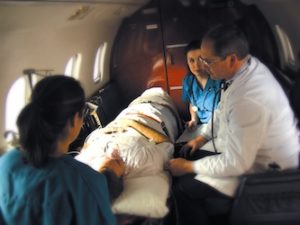 An added bonus of being an annual Medjet member is that it covers domestic travel as well, any time you venture more than 150 miles from home. Most of our members buy our protection for the “big international trip” but many of our transports each year end up being for accidents like a slip and fall at a wedding, or a serious illness landing a member in a hospital just a few states away. Right now, we’re inundated with spring skiing accidents and summer will likely bring its typical heavy load of downed motorcycle transports. People don’t think about our program for domestic travel because most health insurance covers emergency treatment in other states. But it can be just as unsettling to be stuck in an unfamiliar hospital a few states away as it is to be stuck in one halfway around the world.
An added bonus of being an annual Medjet member is that it covers domestic travel as well, any time you venture more than 150 miles from home. Most of our members buy our protection for the “big international trip” but many of our transports each year end up being for accidents like a slip and fall at a wedding, or a serious illness landing a member in a hospital just a few states away. Right now, we’re inundated with spring skiing accidents and summer will likely bring its typical heavy load of downed motorcycle transports. People don’t think about our program for domestic travel because most health insurance covers emergency treatment in other states. But it can be just as unsettling to be stuck in an unfamiliar hospital a few states away as it is to be stuck in one halfway around the world.